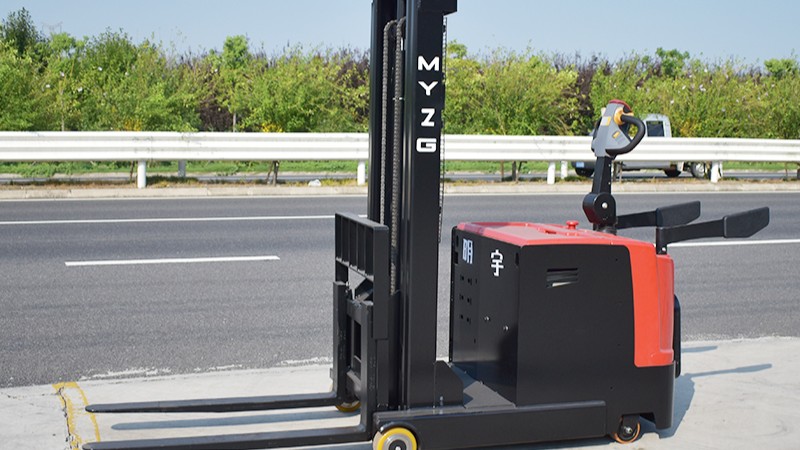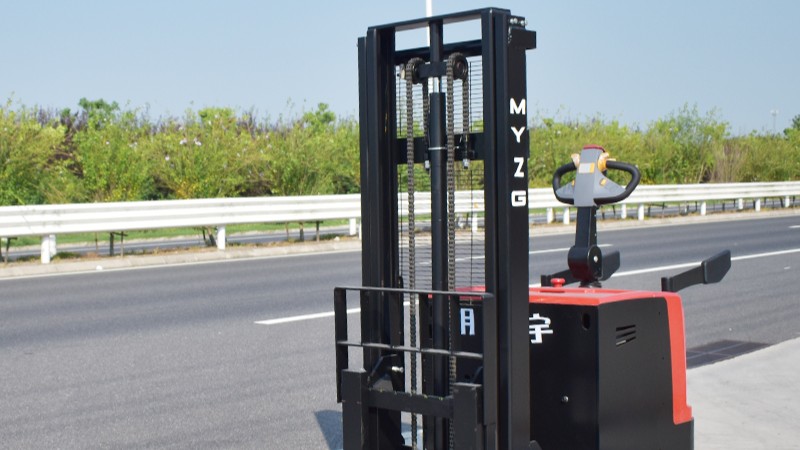The first step in effective maintenance is establishing a regular inspection routine. Daily checks should include examining the wheels and casters for signs of damage, such as cracks or excessive wear, as these components bear the brunt of the stacker’s weight and movement. Operators should also inspect the forks for bending, cracks, or distortion, ensuring they can securely hold pallets without slipping.
Additionally, checking the handle and control levers for smooth operation is essential—any stiffness or unusual resistance may indicate a need for lubrication or adjustment. Hydraulic systems, a critical part of manual stackers, require close attention: look for leaks around hoses, fittings, and the pump, as fluid loss can compromise lifting capacity and lead to more severe damage if left unaddressed.
Proper cleaning and lubrication form the cornerstone of preserving a manual pallet stacker’s functionality. After each use, especially in dusty or dirty environments, the stacker should be cleaned to remove debris, dirt, and grime that can accumulate in moving parts. A soft brush or cloth can be used to wipe down the forks, frame, and hydraulic components, preventing abrasive particles from causing friction-related wear. Lubrication should be applied to all moving parts, such as hinges, pivot points, and the lift chain, using a high-quality lubricant recommended by the manufacturer. This reduces friction, prevents rust, and ensures smooth operation, all of which contribute to extending the stacker’s lifespan.
Adhering to proper usage guidelines is another key factor in maintaining a manual pallet stacker. Overloading is one of the most common causes of premature failure, so operators must always respect the manufacturer’s specified weight limit. Exceeding this limit can strain the hydraulic system, bend the forks, or damage the frame, leading to costly repairs or replacement. Additionally, the stacker should be used on flat, stable surfaces to avoid tipping or uneven wear on the wheels. When not in use, the stacker should be stored in a dry, covered area to protect it from the elements, which can cause rust and corrosion. Regular training for operators on proper handling and maintenance procedures ensures that the stacker is used correctly, further contributing to its longevity.Finally, addressing minor issues promptly can prevent them from escalating into major problems. If a leak is detected in the hydraulic system, it should be repaired immediately to avoid fluid loss and potential damage to other components. Similarly, any unusual noises, difficulty in lifting, or visible damage to parts should be inspected and repaired by a qualified technician. Keeping a maintenance log to record inspections, repairs, and lubrication schedules helps track the stacker’s condition over time, allowing for timely interventions and ensuring that no critical maintenance tasks are overlooked. By combining regular inspections, proper cleaning and lubrication, responsible usage, and prompt repairs, businesses can significantly extend the lifespan of their manual pallet stackers, maximizing their investment and ensuring consistent performance in daily operations.

Post time:Aug.05.2025


